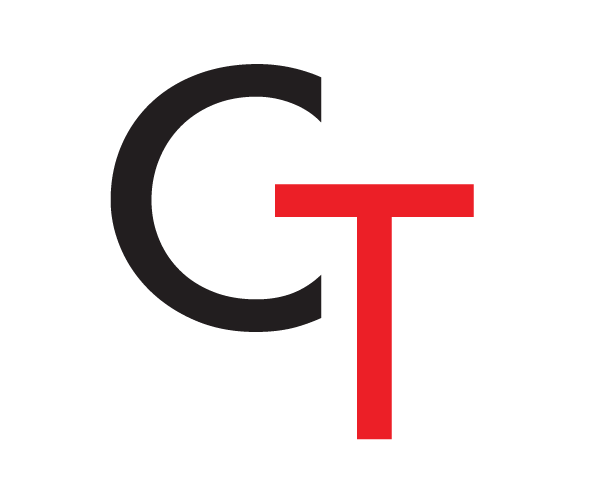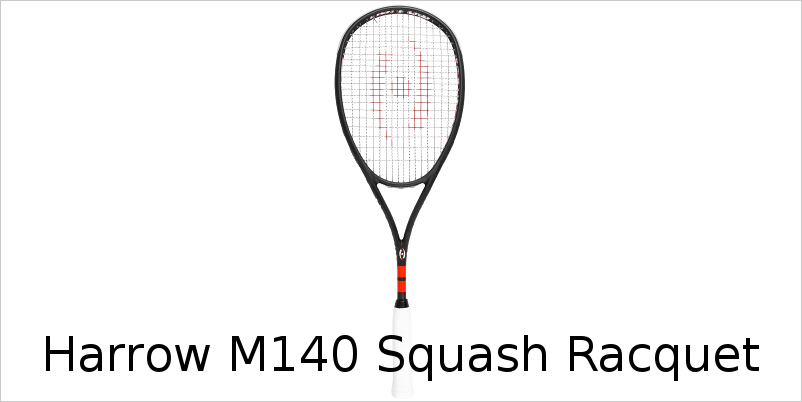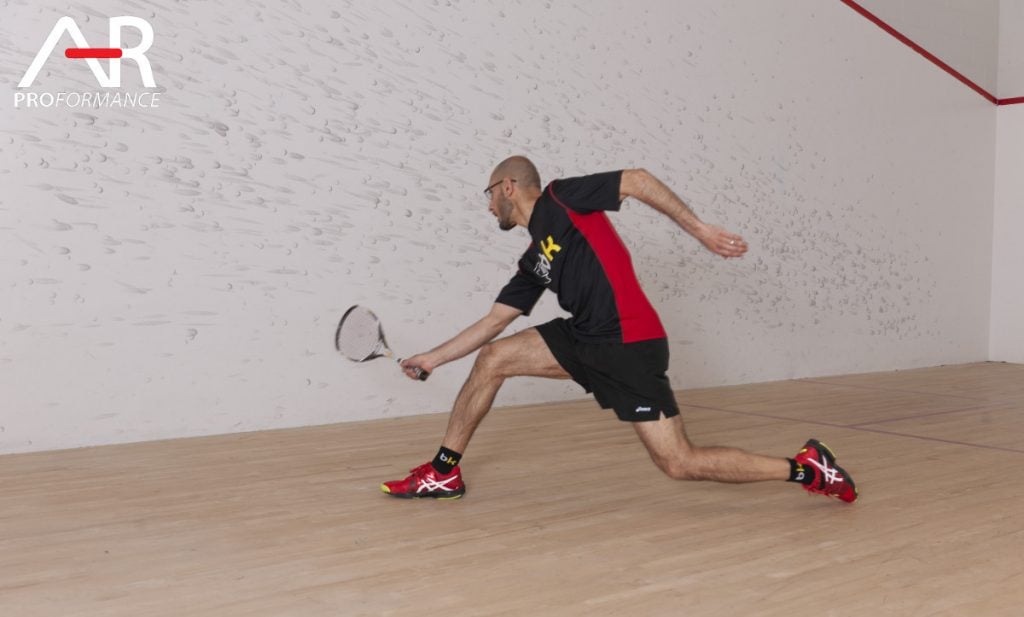When planning on buying a squash racquet there are many things to take into consideration:
- How it will fit your game
- The weight of the racquet
- The type of throat
- The balance
The choice of balance in a squash racquet depends on the type of player and I believe that many players have a hard time knowing which balance fits their game best. I will talk about the balance of squash racquets and how each type fits different types of players.
Head Light
Head light racquets, as the name indicates, have lighter heads and thus the weight is balanced towards the handle of the racquet.
Here, maneuverability is the key element of the racquet and thus it is excellent for aggressive players who like to attack with volleys, players who have short swings, and players who are yet to develop more wrist strength.
If a player likes to volley a lot, a head light racquet will be beneficial due to the fact that it has increased maneuverability. A player will be able to bring the racquet up faster which is the most essential movement when it comes to attacking with a volley.
For players with short swings, fast racquet speed is a must and a head light balance will help greatly with this as it is easier to swing. However, this type of player has to be sure that they can generate enough power by themselves (i.e. without the help of the racquet) to ensure enough ball speed.
If a player doesn’t have a strong wrist yet, they should consider a more head light racquet as it will be easier to maneuver with less strength.
Head light racquets will often be heavier in order to help generate power; but, if increased power with decreased overall weight is what a player is looking for, a head heavy racquet is the best choice.
Head Heavy
A head heavy racquet will have most of its weight towards the head. Having a head heavy balance will help the racquet move through the ball easier and thus it best suits more patient players who like to play a solid length game, players with more fluid swings, and players that have a hard time generating power by themselves.
A patient, length game is a great game strategy and players who like to implement it should consider a head heavy racquet. The reason is that, since it helps to generate power, less effort is needed to get the ball to the back of the court hence saving the player more energy which is needed to keep up the longer rallies that arise from such strategy.
For the same reason, a player with a more fluid swing will find this balance helpful. A player that can’t generate enough power by themselves can swing slower but still generate enough power; this is common among young players who are yet to develop more strength.
Head heavy racquets are great for players who like to have a more patient and fluid game, and/or young players who need aid in generating power. If a player is looking for a combination of the previous two types of balances, they should consider even balanced racquets.
Evenly Balanced
An even balanced racquet will have a relatively equal weight distribution. This type of balance is considered to be more flexible and will fit players who like to volley while generating a decent amount of power.
A player who likes to ‘switch’ up their strategy mid-rally will find this type of racquet helpful. It is maneuverable enough to be able to provide good racquet preparation speed as well as good swing speed and powerful enough to generate good power on more fluid swings. This balance I believe is helpful when a player likes to change the pace in the middle of the point.
Any player who is considering getting a new racquet should look well into the balance of the racquet and which type fits them better. However, the choice of balance should not be dictated solely on a player’s type of game; personal preference is top priority here. Having said this I strongly encourage players to try out all three types of balances before acquiring a new racquet. Here at Control the ‘T’ Sports we have a wide variety of squash racquets that you can take a look at.
Would you like to learn more about how to choose a squash racquet?
Click the "Download Now" button below to download our guide to buying a squash racquet.




